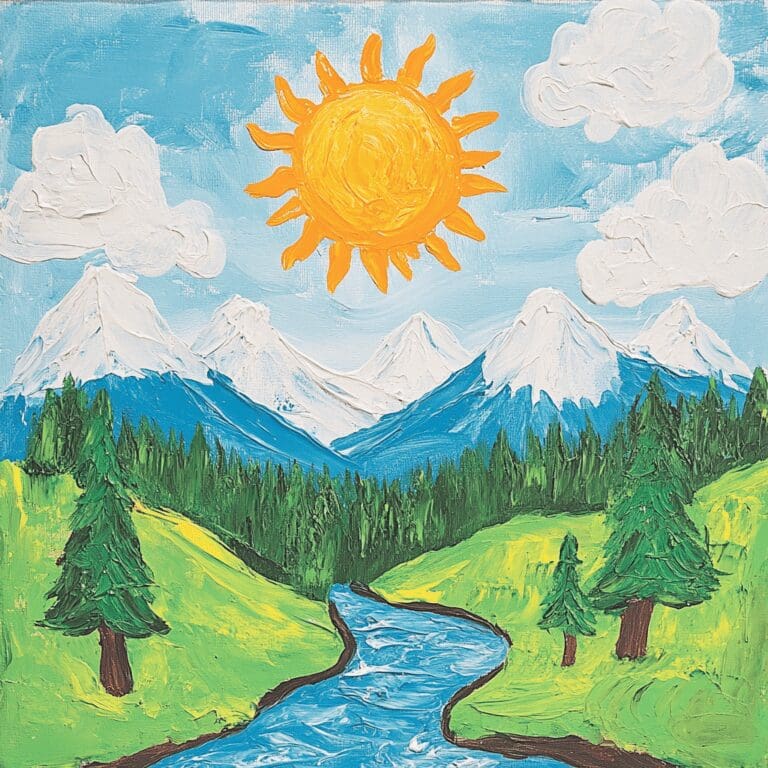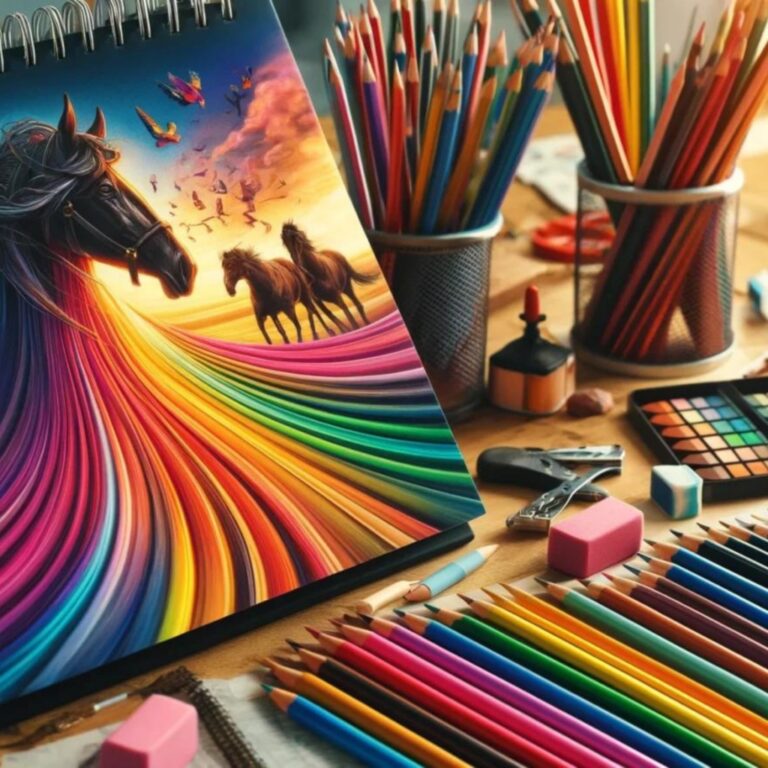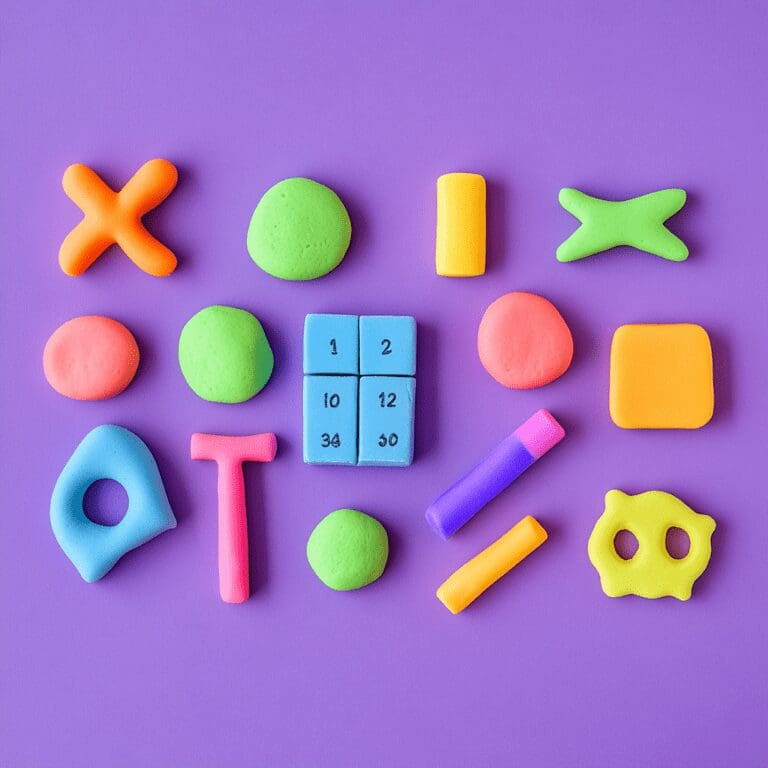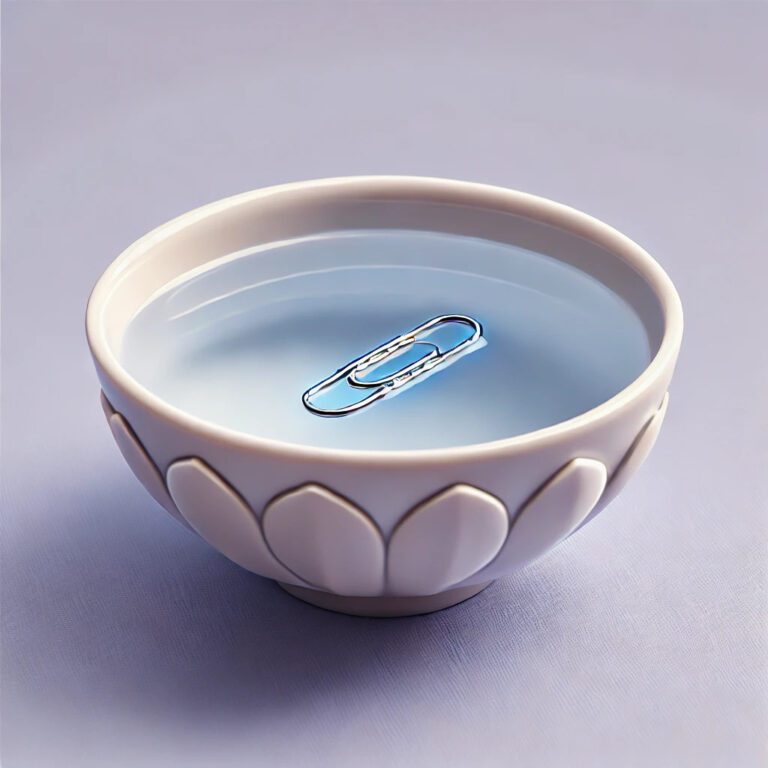Acrylic painting is a fantastic medium for both beginners and experienced artists alike. Whether you’re creating a bold abstract piece or a delicate landscape, painting with acrylics offers vibrant colors and quick-drying convenience.
This makes it an ideal choice for artists who want to experiment and see results fast. In this guide, we’ll explore the basics of how to start painting with acrylics with confidence.
When you explore painting with acrylics, you’ll discover that this medium is incredibly versatile. Acrylic paints can be applied to various surfaces, including canvas, paper, and wood, making them perfect for a wide range of artistic projects.
The ease of mixing colors and the ability to layer paints add depth and richness to your artwork, allowing for endless creative possibilities.
As you become familiar with painting with acrylics, you’ll also find that the medium is forgiving and flexible. Acrylics dry quickly, allowing you to build up layers and make adjustments as you go.
This characteristic makes them a great choice for experimenting with different techniques and styles. Whether you’re a kid artist or an adult looking to explore your creative side, acrylics offer a straightforward and enjoyable painting experience.
What You’ll Need
- Paper towel
Method
1. Set up a clean, well-lit area with all your materials. Lay down a protective covering if you’re working on a surface that could get stained.
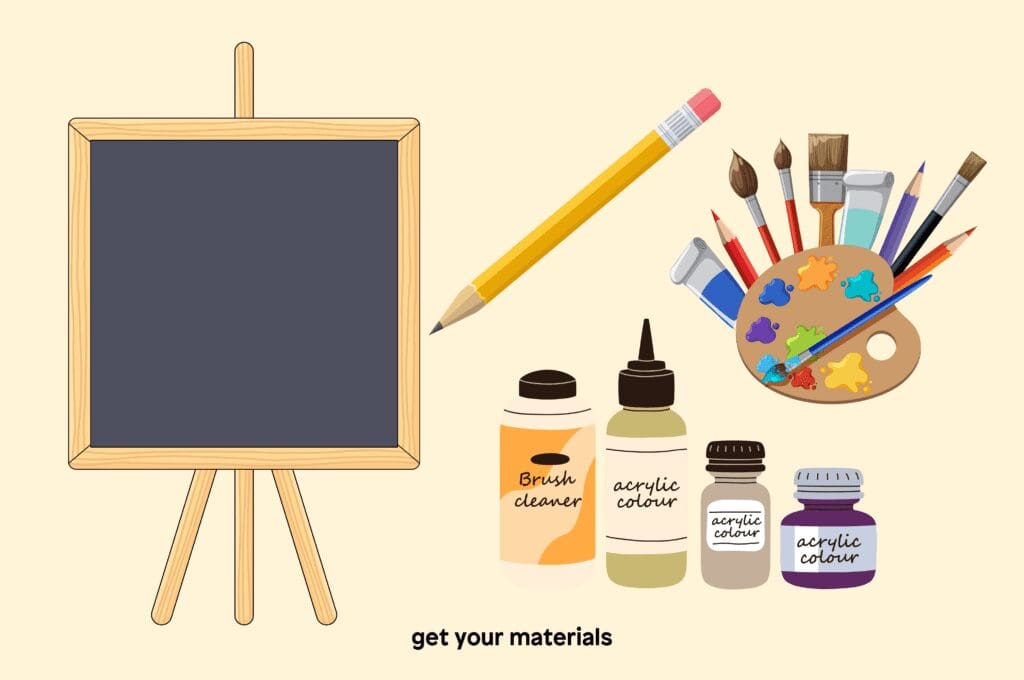
2. Choose a range of acrylic paints for your project. You can start with basic colors and mix them to create additional shades.
3. If you’re using a canvas, make sure it’s stretched and primed. For acrylic paper, ensure it’s smooth, well attached, and ready for painting.
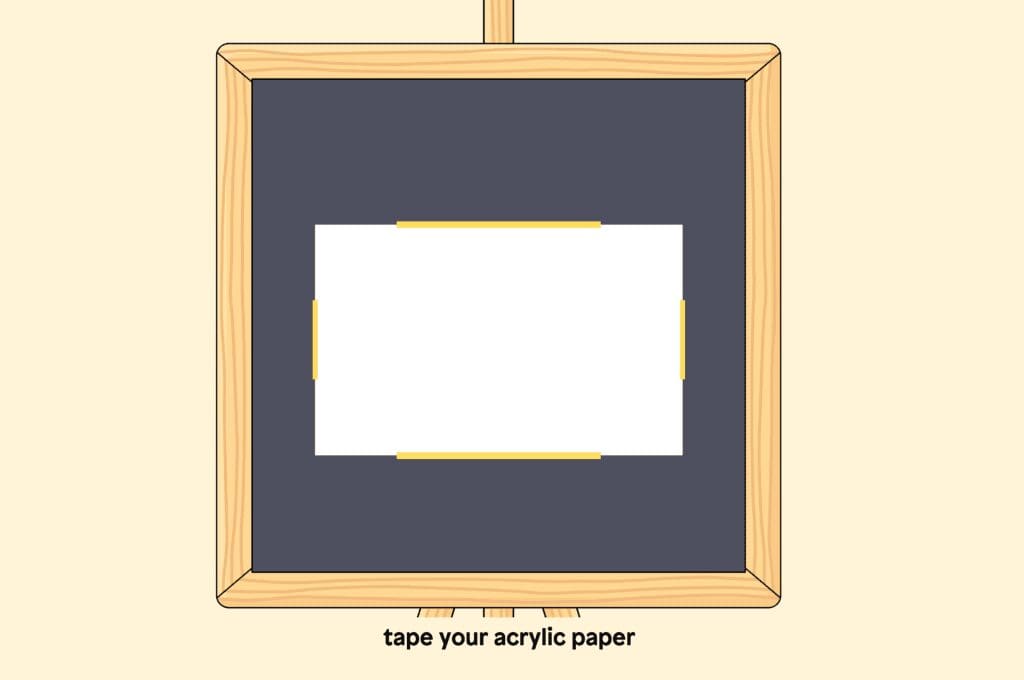
4. Lightly sketch your design onto the canvas with a pencil. This helps guide your painting and allows for easy adjustments.

5. Use a palette to mix colors. Acrylics can be thinned with water, but don’t add too much, or you might lose the vibrancy.
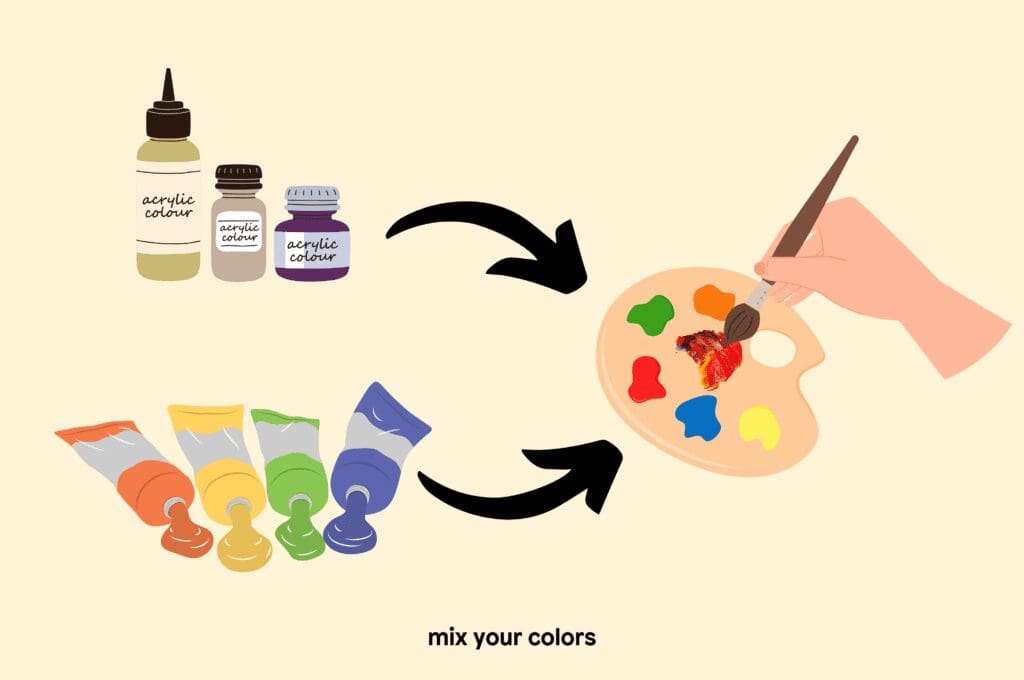
6. Begin with the larger areas of your painting and work your way to smaller details. Use different brush sizes for different parts of your artwork.

7. Acrylic paints dry quickly, allowing you to add layers. Start with lighter colors and add darker ones on top for depth and texture.
8. Rinse your brushes and palette with water immediately after painting. Acrylic paint can dry quickly and become hard to remove if left for too long.
9. Allow your painting to dry completely before touching or framing it. Acrylics generally dry faster than other types of paint.
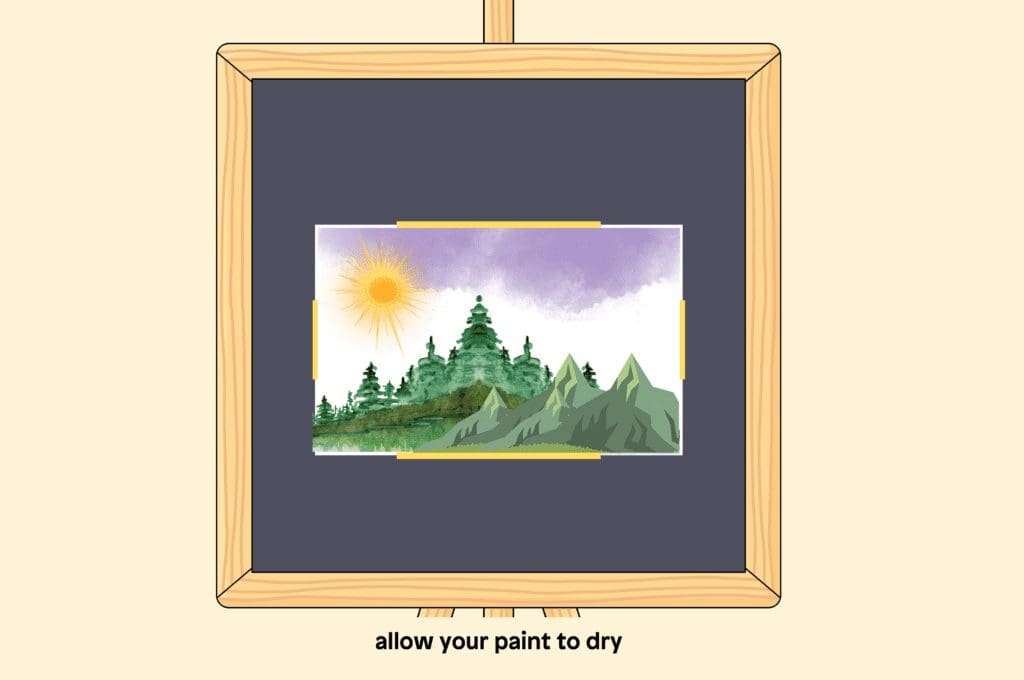



FAQs
If you want to explore more artistic activities, you might also enjoy rock painting and beach-themed coloring pages. Rock painting is a fun and creative way to decorate stones with colorful designs, while beach coloring pages provide a relaxing way to bring coastal scenes to life.
Both of these activities complement painting with acrylics and offer additional opportunities to express your creativity.

